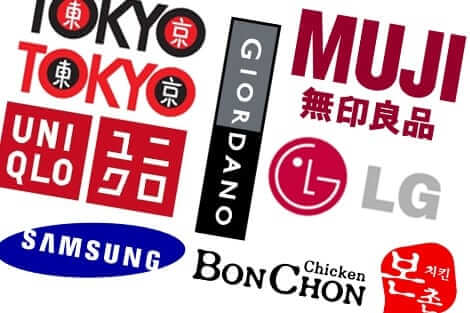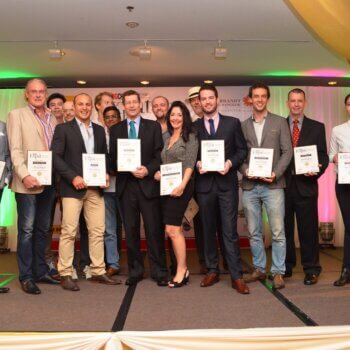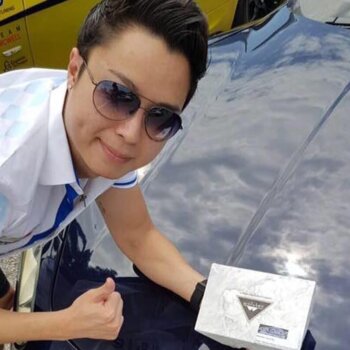EVERY so often in Bangkok, I run into former colleagues. During such encounters, as we catch up about our lives and ask about mutual acquaintances, it’s not uncommon to learn that some people have changed their names for their birthday, lunar calendar, or following a visit to a fortune teller.
Thai people love to change their names (their real names as well as their nicknames) and they do so in the hope that it will boost their luck at work, with money, and in their platonic and romantic relationships.
When it comes to naming a company, a product or service, though, a different approach is recommended. Prior to designating a name, a brand strategy is needed to provide direction. There are several things you’ll want to define internally i.e.
• What is the brand’s unique value proposition?
• What does the brand promise to deliver to its customer?
• How will this brand be positioned relative to competitors?
• What will be the brand’s distinctive message?
• What will be the mood, tone and characteristics of the brand?
After the above items have been established, you can start the brainstorming. As a business owner, I recommend that you involve key stakeholders in the exercise, such as your team and existing and potential customers.
There’s no right or wrong name when brainstorming. There could be some names that do not resonate with you personally. Keep in mind that the brand name and its meaning have to connect with the potential customer. As a business operating in Asia, you’ll want to make sure that your brand name is easy to pronounce and that it does not have a negative connotation in another language.
There are several ways to create a name. The first one is a generic name like cola, mobile phones or milk. The second way to name is to use the brand’s description; examples of these are Toys R Us and Internet Explorer. The name says it all.
The third method to naming is called suggestive. These names are associated with quality, literally or metaphorically. Think LinkedIn or Nike (Nike was the Winged Goddess of Victory in Greek mythology).
The fourth way is to arbitrary choose a name. These are real words used in a different context. Some of these names could have a loose association to the brand i.e. Viber, which is the cross-platform instant messaging and VOIP app.
The fifth way is to name the brand after its creator or brand ambassador, like Dr. Martens boots and Swensen’s did. When you’re considering these types of names, take into account how the name will be received when you expand outside of your area. Should the designer or brand ambassador defect to the competitor, will the brand be able to survive the changes?
Once you have a list of many possible names, you’ll want to pare it down to the top 10. Review the names in the face of future expansion, market changes, brand extensions, and the test of time. This evaluation process could drop off several more names.
With the top names remaining, you’re ready to do a dry run. Engage a graphic designer and create mock-up designs with your short list. You’ll want to experiment with fonts and colours that match the brand’s personality. If your product will be in a retail shop, you’ll want to consider the packaging and how it will stand-out relative to the competition on the shelf.
Once you have settled on the winner, launch the brand name and use it consistently across all customer touch points. Monitor and continue to conduct ongoing research to ensure your brand name is well-received.






























